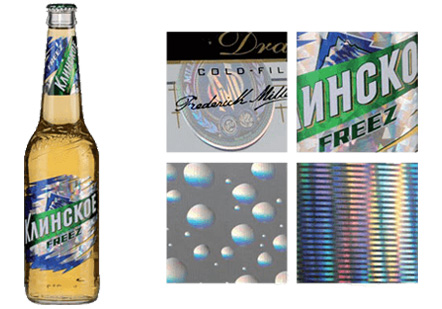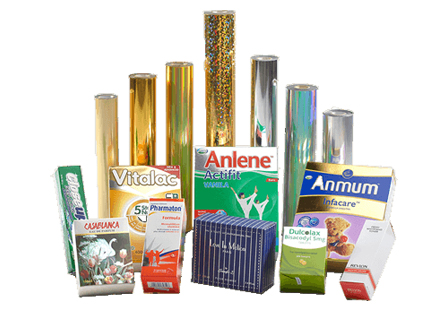Wet strength paper, known for its durability and resistance to tearing when wet, is commonly used in various applications such as packaging, labels, and hygiene products. However, its recyclability often comes into question due to its enhanced properties. In this article, we will explore whether wet strength paper is recyclable, how it is processed, and the environmental impact of its use.
Wet strength paper is specially treated to maintain its integrity and strength when exposed to moisture. This is achieved by adding certain chemicals during the paper manufacturing process, such as polyamide epichlorohydrin (PAE) resins. These chemicals create cross-links within the paper fibers, enhancing their bond and preventing the paper from falling apart when wet.
This characteristic makes wet strength paper highly valuable in situations where moisture resistance is crucial. However, the same properties that make it durable can pose challenges in the recycling process.

Wet Strength Holographic Metalized Paper
Recycling wet strength paper is more complex than recycling regular paper due to the chemicals and cross-linked fibers used in its production. These chemicals can interfere with the standard recycling processes, making it difficult to break down the paper fibers for reuse.
In traditional paper recycling, the paper is mixed with water to create a slurry, allowing the fibers to separate and be reformed into new paper. The cross-linked fibers in wet strength paper resist this process, requiring additional steps to break down the fibers effectively. As a result, not all recycling facilities are equipped to handle wet strength paper, and it may often be diverted to landfill or incineration if proper recycling methods are not available.
Despite the challenges, there are methods to recycle wet strength paper. Specialized recycling processes can handle the resilient fibers by employing stronger chemicals and more rigorous mechanical treatments to break down the cross-links. These methods include:
Advanced Pulping Processes: Utilizing higher temperatures and stronger chemicals to break down the cross-linked fibers.
Enzymatic Treatments: Applying enzymes that target and degrade the wet strength resins, facilitating fiber separation.
Mechanical Processing: Using more intensive mechanical action to physically break down the fibers.
These advanced techniques enable the recycling of wet strength paper, although they are more resource-intensive and costly compared to standard paper recycling methods. The availability of such recycling facilities can vary, affecting the recyclability of wet strength paper in different regions.

Non Wet Strength Holographic Metallized Paper
The environmental impact of wet strength paper is a significant concern, primarily due to its recyclability challenges. When not properly recycled, it can contribute to landfill waste and environmental pollution. However, efforts are being made to improve its sustainability.
One approach is to develop alternative materials that offer similar moisture resistance without the recycling drawbacks. Research into biodegradable and compostable materials is ongoing, aiming to provide environmentally friendly alternatives to traditional wet strength paper.
Consumers and businesses can also contribute by reducing the use of wet strength paper where possible and opting for recyclable or reusable alternatives. Proper disposal and recycling practices are crucial to minimizing the environmental footprint of wet strength paper.
Q: Can all recycling centers process wet strength paper?
A: No, not all recycling centers are equipped to handle wet strength paper due to its enhanced durability and chemical treatment. It's important to check with local recycling facilities to see if they accept wet strength paper.
Q: What happens if wet strength paper is not recycled?
A: If not recycled, wet strength paper often ends up in landfills or incinerators, contributing to environmental pollution and waste. Proper disposal and recycling are essential to mitigate these impacts.
Q: Are there any eco-friendly alternatives to wet strength paper?
A: Yes, there are ongoing efforts to develop biodegradable and compostable materials that offer similar moisture resistance without the recycling challenges. These alternatives aim to provide more sustainable options for applications requiring durable paper.
In conclusion, while wet strength paper presents recyclability challenges, it is possible to recycle it through specialized processes. Consumers and businesses can help by opting for eco-friendly alternatives and ensuring proper disposal to reduce its environmental impact.
Copyright © HUBEI Y.F PACKAGING MATERIALS CO., LTD. All Rights Reserved | Sitemap
| Powered by 
Recommend Products: Pressure Sensitive Paper Beer Label Paper Water Resistant Paper for Labels What are the different types of holographic paper?